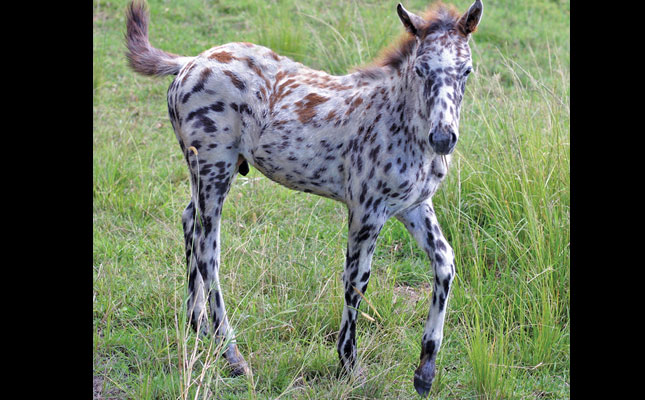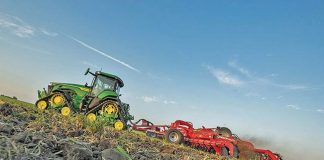
Photo: Flickr
There is a divide between those who believe a horse should be weaned and left in a herd until it’s old enough to be ridden, and those who say that a foal should be handled immediately after it is born.
Some trainers have even invoked the International Equestrian Federation rule which states that horses may not compete until they are at least six years old. They are adamant that a riding horse should not be broken in before it is four years old.
In the case of future racehorses, trainers suggest handling these animals just before the yearling sales, which often take place when the horses are close to 18 months old. The argument is that early handling and training “spoils” the horse and can affect its growth and joints.
Handling Arabians
Breeders of Arabians understand that foals should be handled from birth. Traditionally, desert warriors rode mares, not stallions; and foals were put onto camel milk within the first week of their lives, as the warriors would drink the mares’ milk in order to survive their long expeditions.
There are even show classes for Arabian mares with “foal at foot”. The foal is led into the arena, stood up for show, and then either waits with a handler while the mare is trotted out, or trots off with a handler.
This early training results in a lifelong trust between horses and humans, and is one of the reasons Arabians are so easy to handle and gentle under saddle.
Laying the groundwork
This method of handling a young horse is called “groundwork” or “stable manners”. It includes being easy to catch; the ability to be led with a foal halter; standing still for grooming, deworming, vaccination and hoof trimming; and being easy to transport.
After weaning, foals are separated into small groups with a gradual habituation that progresses to ponying or lunging with a saddle when they are two or three years old. The advantages are individualised parasite control and feeding routines, as well as good hoof care.
Regular handling instils confidence and good manners in horses. Young stock can be taught to be led on both sides through obstacles at a walk and a trot, which improves flexibility, balance and muscular coordination.
In contrast to this, is a technique used on large horse-breeding farms in South Africa, Namibia, Australia, the US and parts of Southern Europe. Here, broodmares and their offspring are run on grazing and then rounded up.
The young colts are moved into a separate camp where they are fed and watered as a herd until being broken in. The fillies are returned to the mare herd.
Out on the veld, a lack of routine parasite control and hoof care can result in potentially good riding horses being left unsuitable for work.
Later, sale horses are taken to stall facilities, where they are broken in. During this time, they are fed bulking concentrates so that they’ll quickly put on weight. Working with a nervous, fully grown horse that is on a high-carbohydrate diet can be dangerous
for both horse and trainer. Injuries to joints and tendons during training can make some youngsters permanently unsound.
Dr Mac is an academic, a practising equine veterinarian, and a stud owner.











